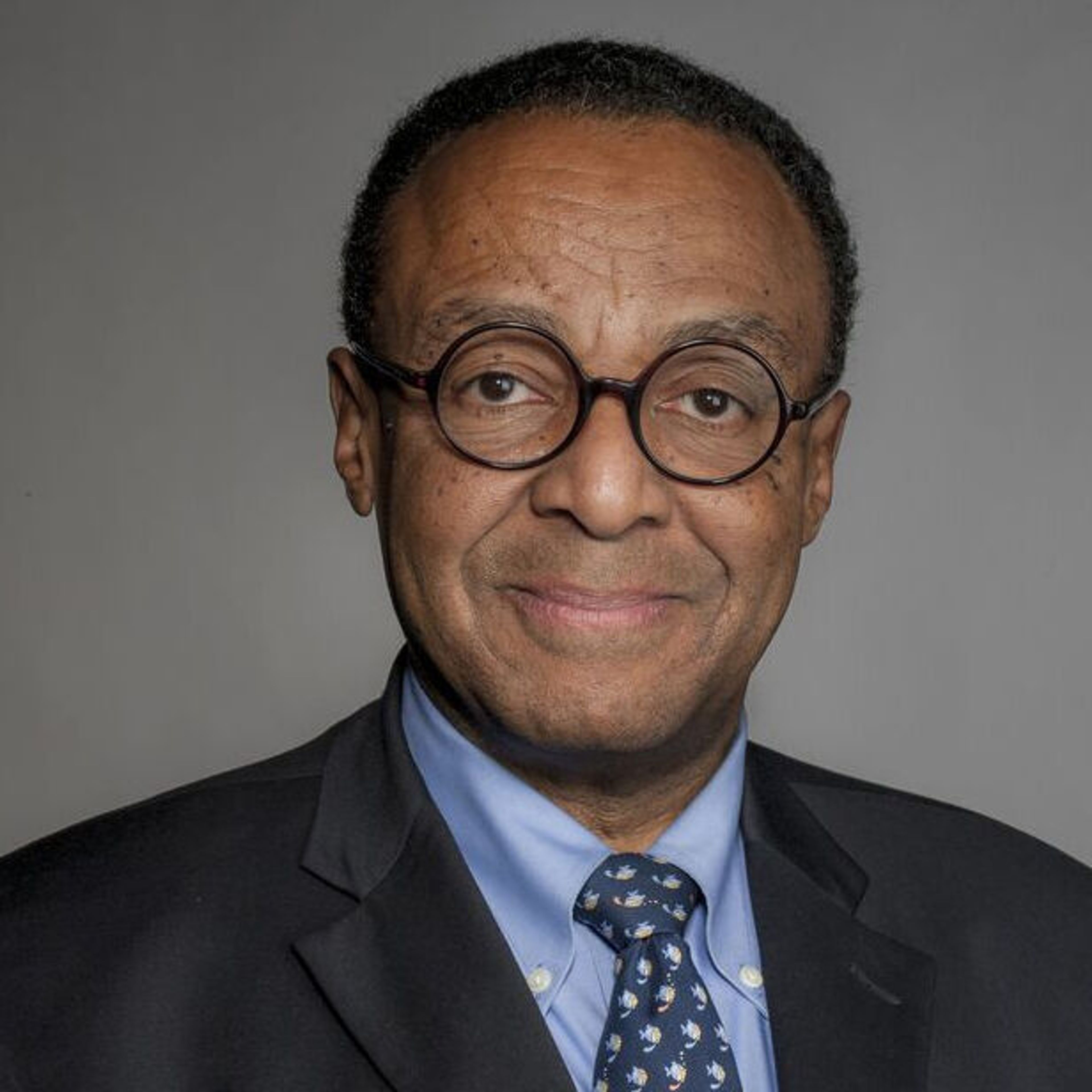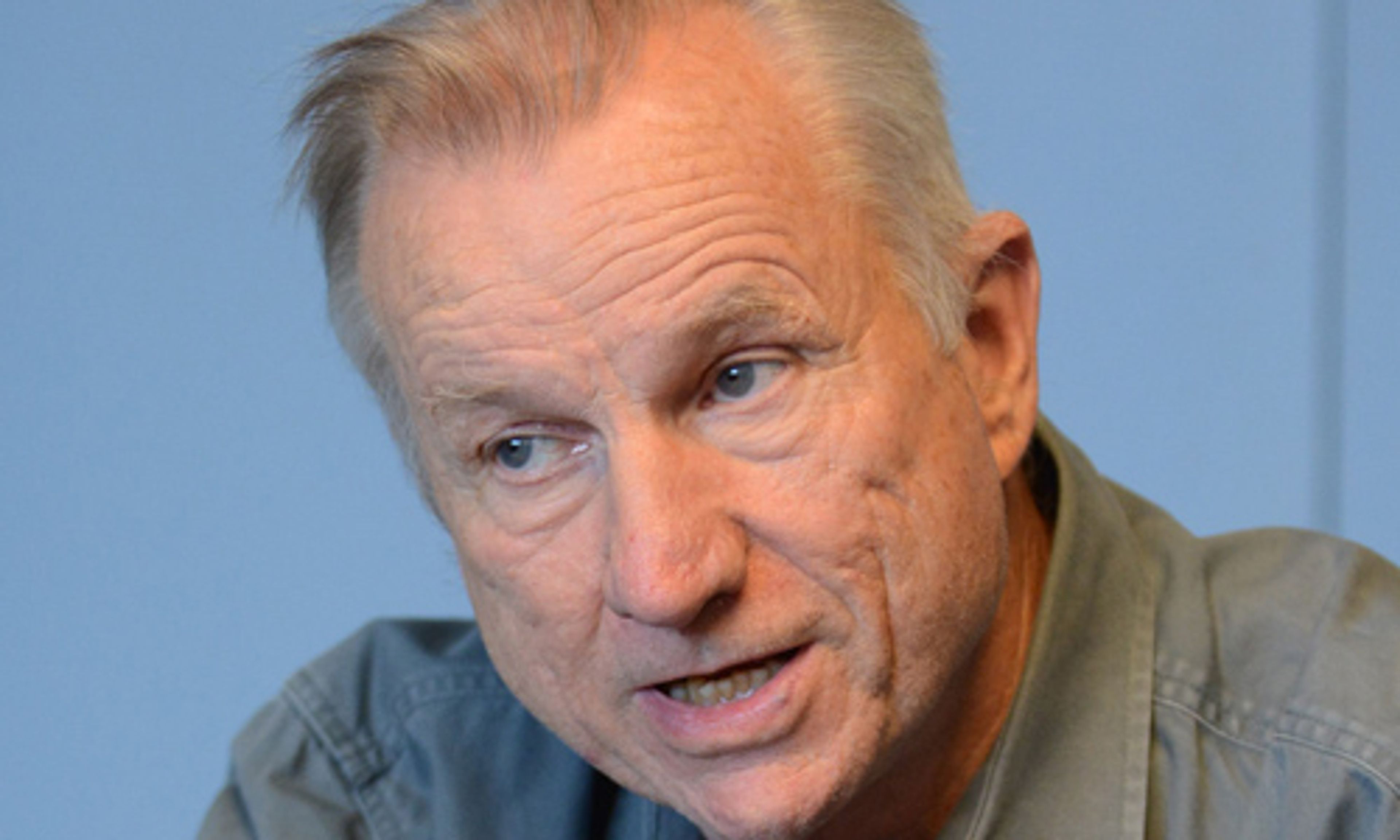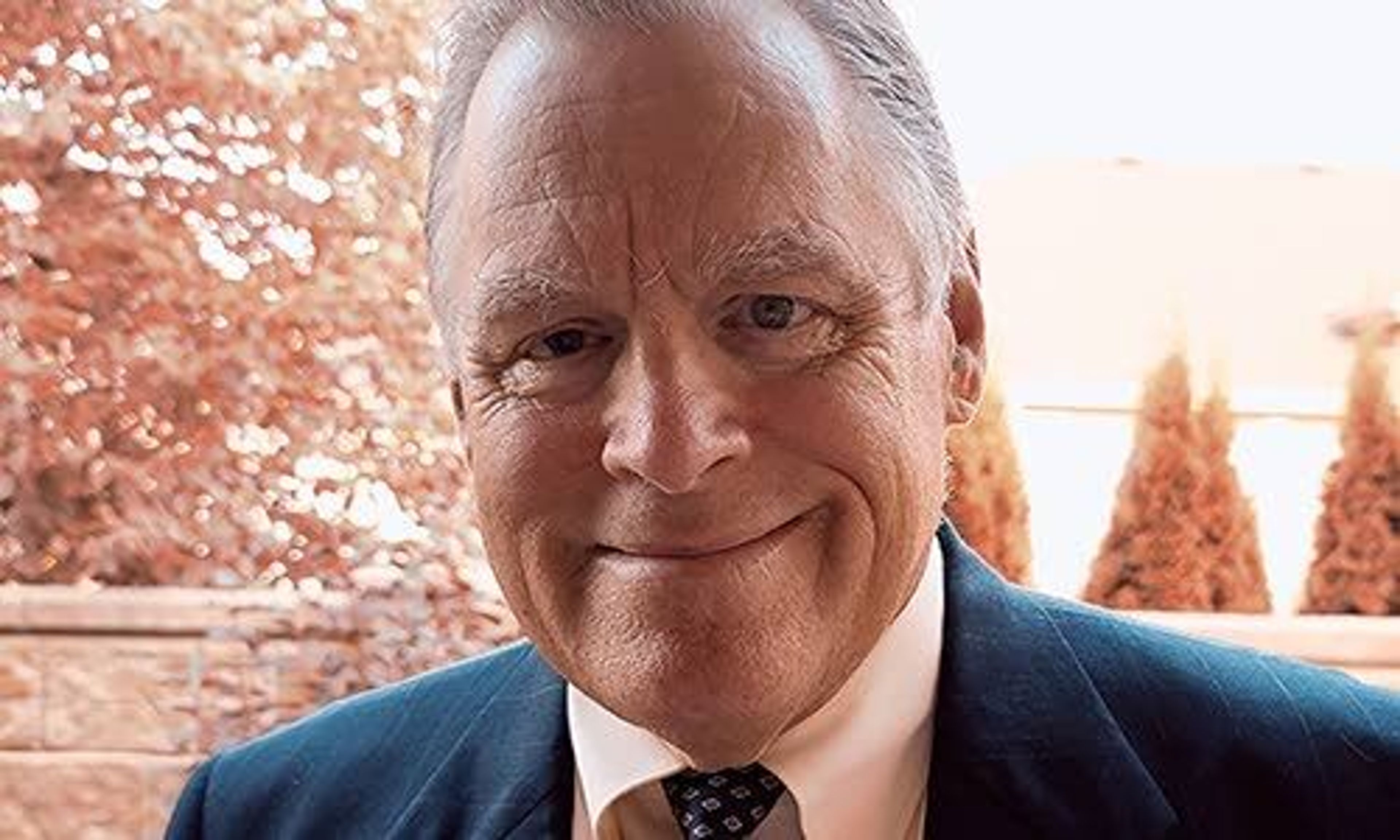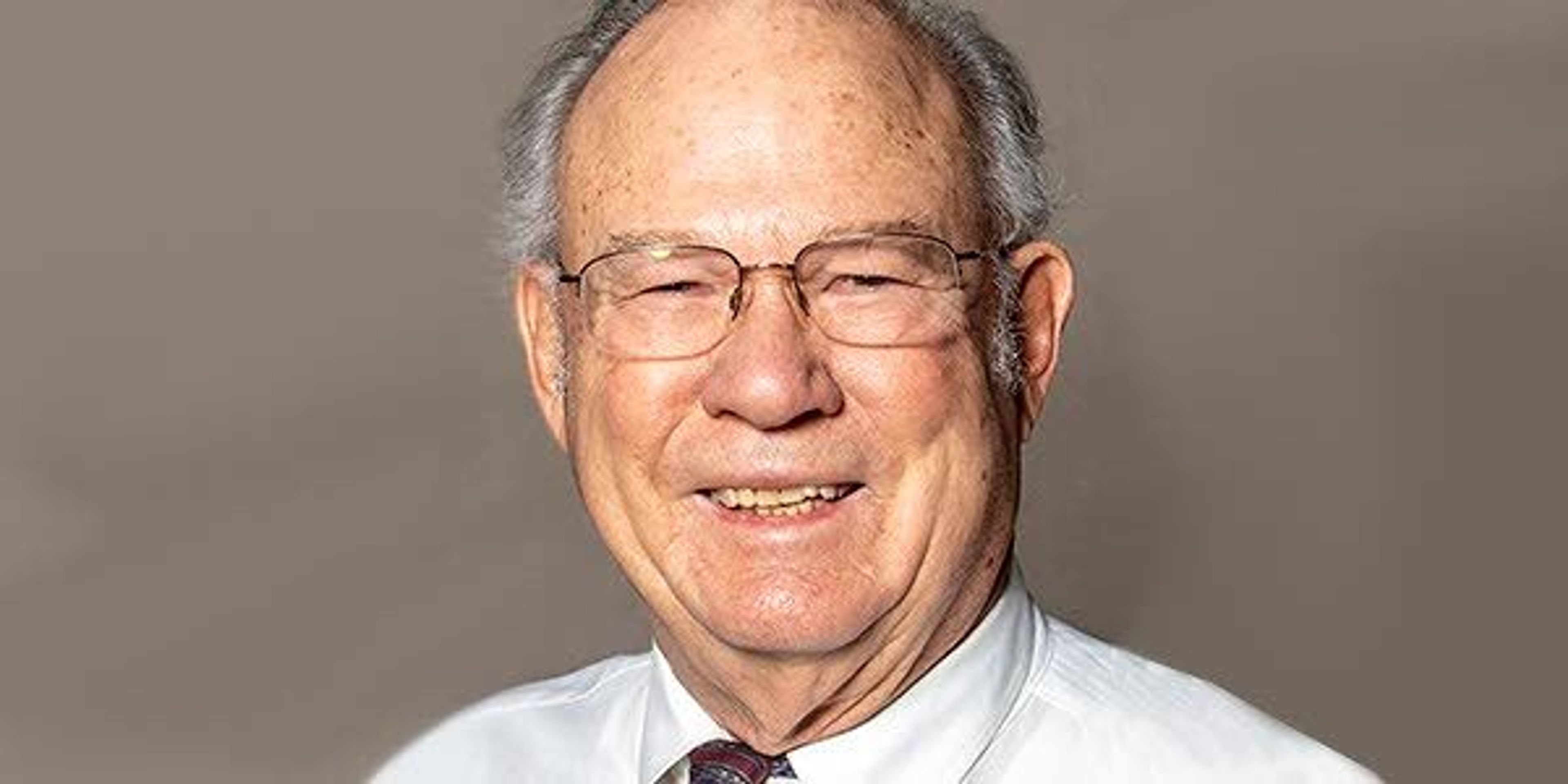OPINION: GOP tries to show how to normalize an insurrection
Well, it took long enough. House Speaker Mike Johnson has finally started releasing 44,000 hours of security footage from the Jan. 6, 2021, Capitol assault that many, including me, hoped would shed more light on what really happened on that chaotic day.
Unfortunately, it took barely more than a nanosecond for former President Donald Trump and his allies to pounce on the new evidence and touch off a new wave of conspiracy theories, most of which appear to be a rehash of the old evidence in a feeble attempt to promote an alternative history.
For example, Republican lawmakers including Sen. Mike Lee, of Utah, Rep. Marjorie Taylor Greene, of Georgia, and Rep. Troy Nehls, of Texas, have called for an investigation into the earlier House committee’s investigation.
They cite footage of Trump supporters walking peacefully past Capitol Police officers, which sounds like the security video that conservative commentator Tucker Carlson, then of Fox News, cited in a selectively edited attempt to recast the riot as a peaceful protest — or, as Rep. Andrew Clyde, of Georgia, famously described the insurrectionists, “a normal tourist visit.”
One wonders what Capitol he was in. Five people were fatally injured during the riot and more than 100 officers were injured, including a Capitol Police officer who was assaulted with bear spray, suffered multiple strokes and died a day later — of natural causes, as it turned out.
Of course, there’s video that’s, shall we say, less peaceful. Insurrectionists are seen smashing windows and committing other violent acts as they overran the Capitol building. More than 1,200 defendants in all 50 states and the District of Columbia have been charged in connection with the Capitol attack, according to the Justice Department.
But Lee and Greene are notable, too, for a baseless conspiracy theory they promoted on X, formerly Twitter, suggesting one Jan. 6 participant was an undercover federal agent after he was allegedly “caught” on camera flashing a badge.
Efforts in conservative media to rewrite the historical narrative by pinning the riot on undercover police, FBI agents, so-called antifa or Black Lives Matter activists also were rife. But all such accounts lacked niceties such as witnesses and evidence.
By the way, as I’ve said before, can you imagine how quickly the riot would have been put down if it really had been Black Lives Matter activists causing it?
In reality, the “badge” in Greene’s case turned out to be a vape and the “agent” turned out to be Kevin Lyons, who stole a photo from then-Speaker Nancy Pelosi’s office. He later was sentenced to four years in prison.
Then-Rep. Liz Cheney, Republican vice chairperson of the Jan. 6 committee, pushed back against the online propaganda by tweeting out a compilation of pro-Trump rioters caught by cameras violently assaulting police.
Though her work on the committee earned praise from many truth-seekers in both parties, the Republican National Committee voted to censure both her and then-Rep. Adam Kinzinger, an Illinois Republican, for participating in what the GOP called “persecution of ordinary citizens engaged in legitimate political discourse.”
Ah, spin. But anger at the two didn’t stop there. Both left office under pressure from constituents back home, who apparently thought accountability is a virtue, as long as it doesn’t get in the way of the party’s quest for more seats — and more power. (Cheney was voted out; Kinzinger opted not to run.)
In the end, the attempts to whitewash the Capitol riot offer a textbook example of how to normalize an insurrection.
Now the fate of Donald Trump moves to the courts where among 91 felony counts are charges tied to fomenting an insurrection.
In recent days, he has expressed enough confidence to sound downright cocky in the face of these legal woes. His agenda, according to various reports, includes stocking his administration with partisan loyalists committed to sidestepping legal impediments and norms in ways with which he only flirted in his first term in office.
High on his agenda is the concentration of legal and regulatory power in his office affecting elections, immigration, free speech and plenty more that until now he could only threaten to pursue.
The idea, for example, of giving this past-and-possibly-future president the chance to exert more regulatory power over the media, which he likes to call “the enemy of the people,” does not fill my heart with joy this holiday season.
Not long from now, we are likely to see how our fellow Americans feel about it.
Page writes for the Chicago Tribune. He may be contacted at cpage@chicagotribune.com.









